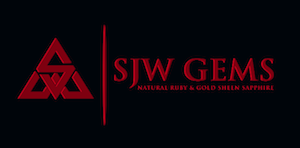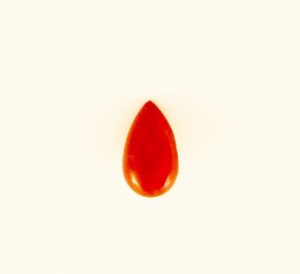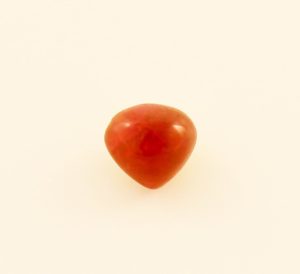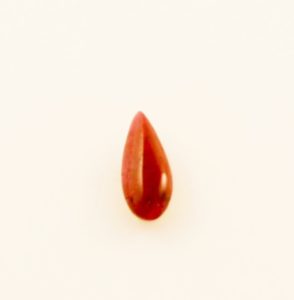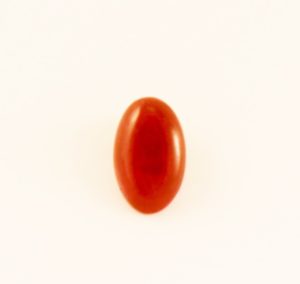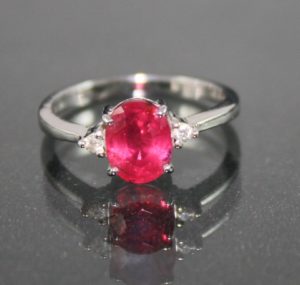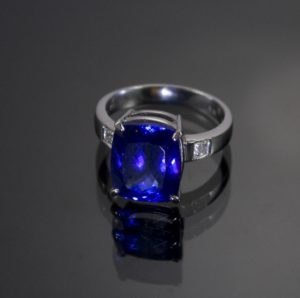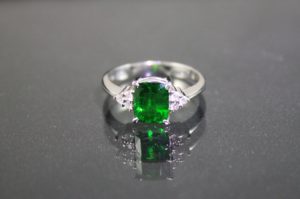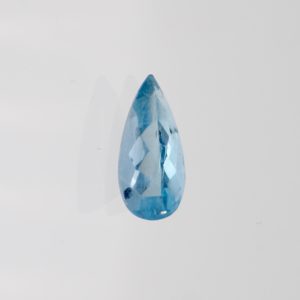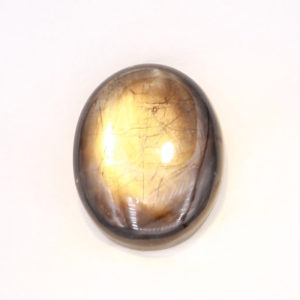Some tips and advice for people interested in buying or investing in ruby in the longer term. The main things to consider and avoid.
Ruby is one of the ‘big three’ of precious gemstones – Ruby, Sapphire and Emerald. At one time these were the only types of gems considered ‘precious’, and everything else was ‘semi=precious’. The finest ruby is worth more than diamond, but you can find ruby from as little as $5 per carat (not that you would want to buy it though).
- Natural Ruby – For investment purposes, only ever buy natural ruby. Manufactured ruby looks good and is fine for less expensive jewellery, but as an investment it has no long term appreciative value.
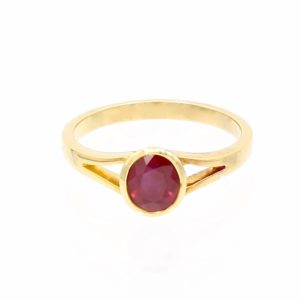
- Glass Filled Ruby – When buying natural ruby, absolutely stay away from glass filled ruby! I can not stress this enough, There is a lot of glass filled ruby around at the moment and you can usually tell because it sells for under $10 per carat. Glass filled ruby is not a permanent treatment, and the gem will deteriorate quite quickly over time. When it is new it is hard to spot, but after even as little as a few months the gem starts to become cloudy as stress fractures build up in the glass.
- Heat treatment – Heat treatment of ruby and sapphire has been around for hundreds of years, and is so common that the GIA advises that unless you have certain knowledge otherwise, assume your ruby is heat treated. When done properly it improves the clarity, colour and appeal of the gem. However, there is some risk that ‘heat treatment’ may be used to describe a gem that has been glass filled (which is a type of heat treatment). Unless you know what to look for or are buying from someone you trust, avoiding heat treated ruby will ensure you are not getting an inferior glass filled gem. For an excellent article on heat treatment, see A Brief History of Heat: Heat treatment of ruby & sapphire by Richard W. Hughes.
- Other Treatments – Generally all related to heat treating, other processes can include the addition of chemicals to penetrate or coat the gem and improve the colour and fill in any surface flaws. When a coating is applied it is called ‘diffusion’, and if the coating gets scratched or damaged, the appeal of the gem will decrease. Irradiation is another surface treatment where the gem is exposed to beryllium. This is a temporary treatment that will improve the colour, but soon wears off. These treatments are detectable in a gemological lab and always decrease the long term value of the gem.
- The four ‘C’s – Cut, Clarity, Colour and Carat size apply to rubies just like any other gemstone. Large carat rubies (over 4 carats) are particularly rare. There is an excellent guide to the frou c’c of rubies at ringspro.com.
- Unheated – For any given quality, unheated, natural ruby commands the highest price. A 10x jewelers loupe is usually sufficient to tell a gem with heat treatment from an unheated one. For investment purposes and longevity, nothing will surpass unheated natural stones.
- Types of Ruby Cuts – Rubies can be faceted or cabbed, both are beautiful. Generally the best stone is used for faceting,while more opaque and darker stone is used for cabochons. Hence, faceted ruby usually has a higher price per carat than cabochon. However, ruby cabs will sometimes have a star phenomena, caused by needle like inclusions of rutile. The more prominent the star, the better. Like sapphire, ruby will have a six arm star, or sometimes, very rarely, a 12 arm star.
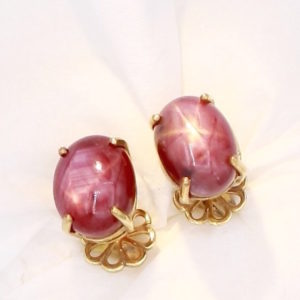
If you have more questions about buying or investing in ruby, email me at steve@sjwgems.com, I will be very happy to help you.
